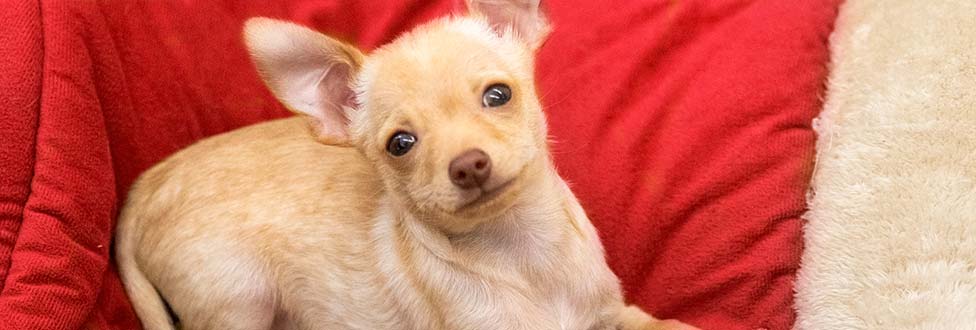UPDATE: Animals Rescued from Unlicensed Traveling Petting Zoo
Animals Rescued on 2/7 in Ludlow Getting Ready to Go Home
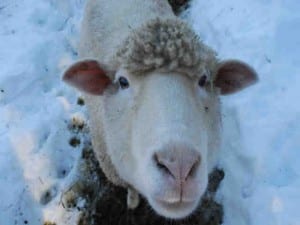
Monica
We have an exciting update on the animals taken in by the Animal Rescue League of Boston on February 7 from an unlicensed traveling petting zoo in Ludlow, Massachusetts!
Read the details of the Ludlow rescue.
In their prior circumstances, the animals did not have adequate shelter and their previous owner has been charged with 36 alleged counts of animal cruelty. The ARL’s rescue services team assisted the MSPCA in providing emergency transport and care for 12 of the 35 animals involved in this case.
Since arriving at the barn at our Dedham shelter, the Ludlow 12 – including standard donkeys, miniature donkeys, goats, sheep, and Shetland ponies – received medical attention, proper nutrition, and a visit from the farrier, a specialist in equine hoof care.
All have made terrific progress in their recovery. Those with overgrown hooves learned to walk properly again and all began going out into the livestock paddock on sunny days.
Thanks to special TLC from shelter staff, the personalities of these gentle creatures started to shine through as they relaxed in their new environment. With their friendly and cuddly ways, the standard donkeys, FORREST (pictured below) and JENNY, in particular have endeared themselves to all their visitors!
Late last month, their previous owner officially surrendered them to the Animal Rescue League of Boston and potential adopters began asking about them almost immediately.
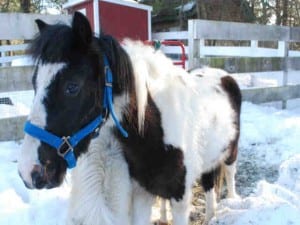
Ross
If you would like to contribute to the costs of medical care and food for these animals and others like them, please click the button below to make a contribution today!
Forrest loves posing for the camera!
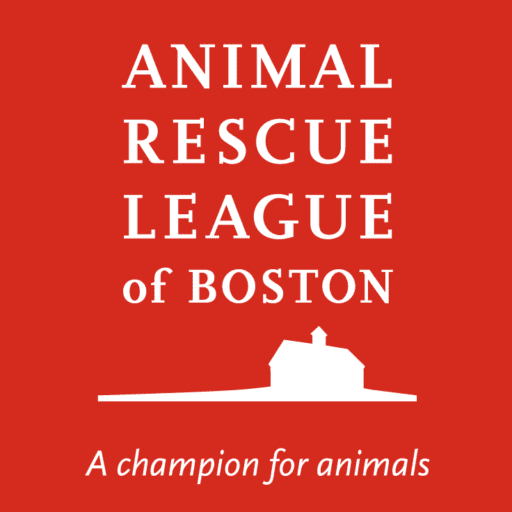
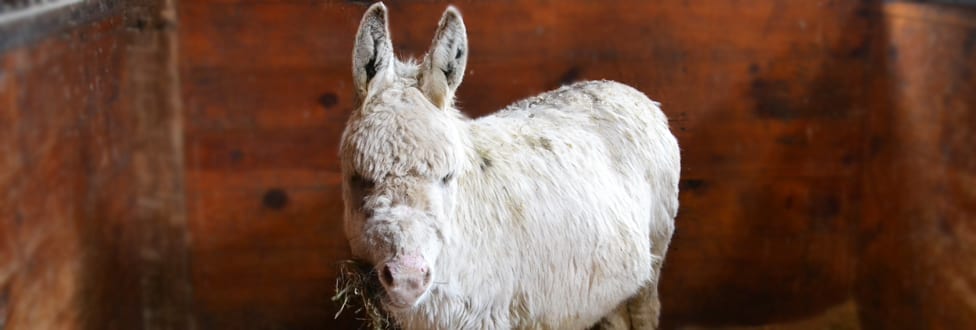






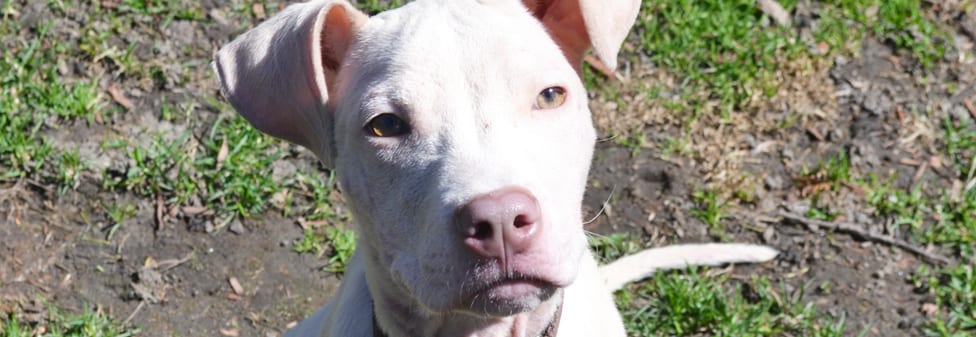



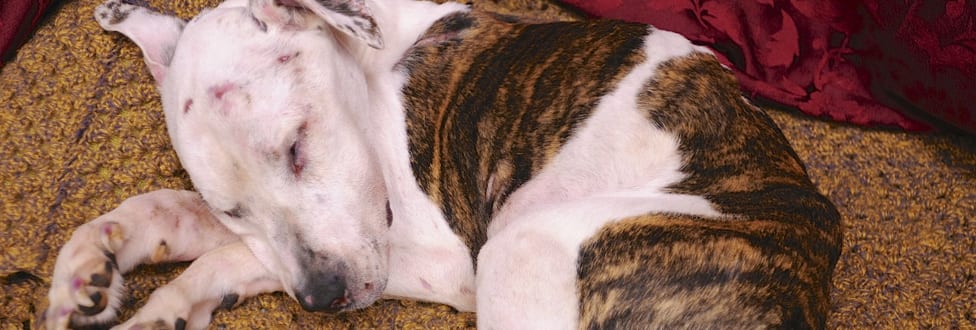

 Please be assured that these three agencies are working in concert to identify and hold accountable the person or persons responsible for the torture of Puppy Doe. It is highly unlikely that this level of sadistic cruelty could be shown to one animal and not be part of a pattern involving other animals or perhaps vulnerable people.
Please be assured that these three agencies are working in concert to identify and hold accountable the person or persons responsible for the torture of Puppy Doe. It is highly unlikely that this level of sadistic cruelty could be shown to one animal and not be part of a pattern involving other animals or perhaps vulnerable people.